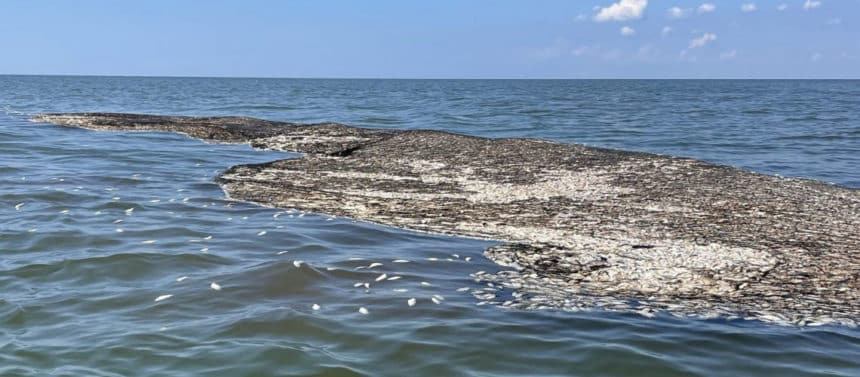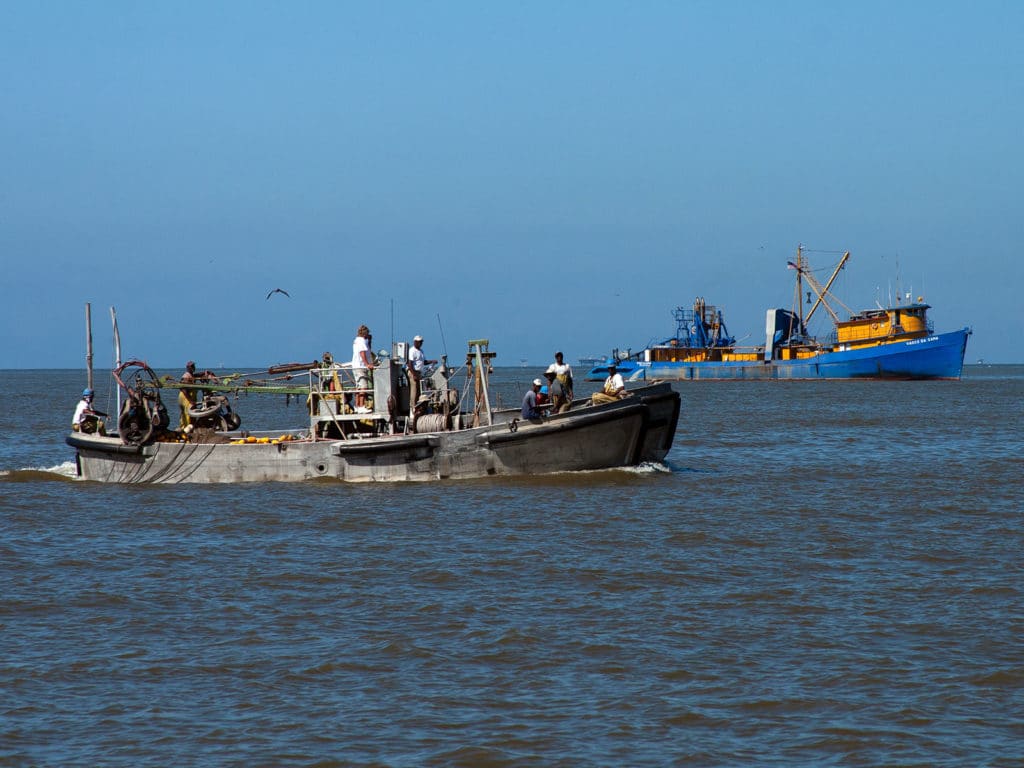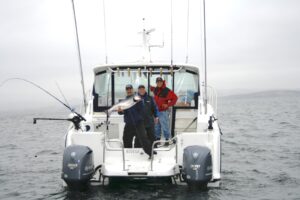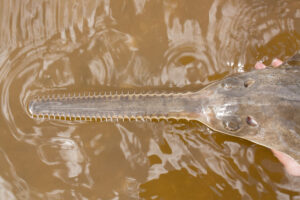
Menhaden have been called a bunch of different colloquial names. Their proper name comes from Native Americans calling them “munnawhatteaug,” which means “that which manures” as they were used for fertilizer. A more common name, pogy, also originates from the native American word “pauhagen.” Since pogy is very close to Yogi, it seems appropriate to say that what is happening with the menhaden fishery “is like deja vu all over again.”
I hate to be repetitive, but menhaden are one of, if not the most, important forage fish on the Gulf and Atlantic coasts. They feed an incredible number of game fish, marine mammals and birds. Most marine fishery managers respect the important role that they play in the ecosystems where they swim.
Legislative Uncertainty

Our politicians likely don’t know the difference between a menhaden and a mummichog. Nor should they and that is a prime reason they should leave management of marine resources to those who do. However, that is not the case in a couple of states where menhaden fisheries have a large presence for both capture and processing.
This fishery is the largest by volume and therefore a substantial dollar value for the states where they operate. But both of the major operators, Omega Protein and Daybrook Fisheries, are foreign owned and the parent company of at least one of the operators has a very sketchy operating record in its primary business.
We have discussed Virginia in the past, where the legislature had turned over all the fishery regulations to the Virginia Marine Resources Commission (VMRC), except menhaden. That recently changed, for the better, but still bears watching.
Some of the massive catch of menhaden from the Gulf is landed and processed in Louisiana. While not directly setting the regulations, the state legislature definitely has its hands in the cookie jar when it comes to setting restrictive fishing zones.
Last April, House Bill 1033 passed the LA House and headed to the Senate. The bill would have put some limit in place on the annual catch and some geographic restrictions as well. It was killed in the Senate because one of the menhaden operators threatened the 270 jobs at its processing facility.
The operators indicated that the proposed rule passed the previous year setting up a 1/4-mile menhaden no fishing zone to protect the fish, minimize bycatch and protect the ecosystem was too restrictive on their business as usual. It seems that they have largely ignored the restricted area this past summer, since in their own words, they “go where the fish are.” This is despite testimony concerning fishing area restrictions, they adamantly stated that they would adhere to the area closures.
Ya, sure! I have no idea how the regulations are enforced in Louisiana, but it would seem that enforcement is lax, minimal or possibly influenced. It is not hard to spot 200-foot seining operations, if you open your eyes.
Recently, an Omega Protein boat dumped a net full of 900,000 pogies simply because they could not handle that amount. They also cut loose the 1,500-foot net that could continue to kill fish indiscriminately and also be a hazard to navigation. It seems that this got the attention of the folks at the Louisiana Department of Wildlife & Fisheries. They have put out a Notice of Intent to prohibit the wasting of fisheries resources and to make it illegal to abandon purse seine gear. Hopefully, the fines for this will be more than a simple cost of doing business. Time will tell.
50 Million Pounds of Redfish, Speckled Trout, and Tarpon Bycatch
Besides removing around a billion pounds of menhaden, this fishery also has a bycatch problem. Oh, okay, bycatch is restricted to 5% of total catch. Well 5% of a billion pounds is 50 million pounds. That’s a lot of redfish, speckled trout, jacks, mackerels, and tarpon as well as crabs, mullet, shrimp, herring, and other vital forage.
Simply put, much of this bycatch would be avoided if these seining operations were moved offshore and out of the ecologically sensitive areas. The rest of the Gulf states have done just that: Texas has a 1/2-mile no fishing zone; Mississippi has a 1-mile zone; Alabama has no menhaden fishing in state waters; and Florida also bans it in state waters.
To me, it seems curious that Louisiana is held hostage to a threat of losing 270 jobs in one plant and maybe another similar amount at another. Has anyone in the state administration taken a look at the value of the recreational fishery in the state, which is being negatively impacted by the seining in nearshore waters?
According to the latest American Sportfishing Association statistics the recreational fishery in LA has approximately a $2 billion economic impact from 1.2 million participants. It creates 23,000 jobs with about $1 billion in salaries and wages. And the potential viability of recreational fishing is being put at risk for 500 fish-processing jobs? Seems the priorities are skewed.









